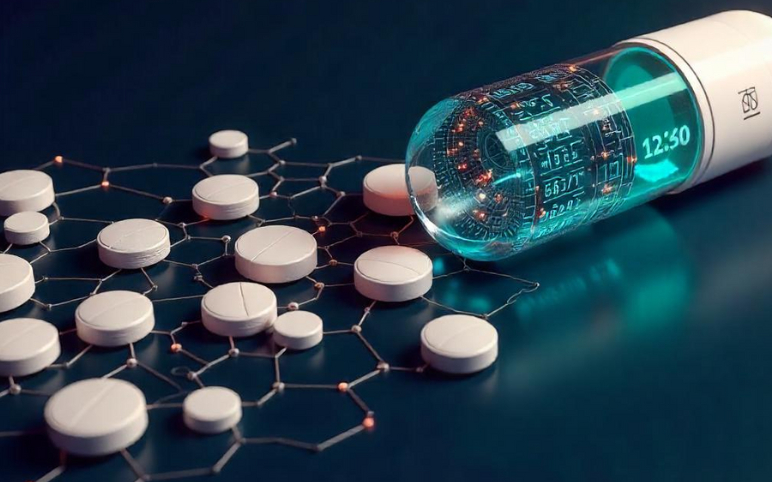Nearly 11 million Americans are living with one or other type of Age-Related Macular degeneration (AMD), estimates BrightFocus foundation. Age-related macular degeneration – one of the leading causes of irreversible blindness in adults over 50 years old – is a consequence of degeneration of macula present in the small central area of the retina in the eye, responsible for visual sharpness. The deterioration of the macula happens because new blood vessels develop underneath it, resulting in leakage of the blood and fluid from the vessels.
Wet Age-related Macular degeneration Market
Most Age-related macular degeneration starts as the dry type, and in approximately 10-20% of those cases, AMD progresses to the wet type. Moreover, Wet AMD results in severe vision loss in 90% of the cases. Also, as there is a surge observed in population ageing, it is expected that global Wet age-related macular degeneration cases would reach 196 million by 2020 and further to 288 million by 2040. Shockingly, 10 per cent of these cases result in 90 per cent legal blindness.
Wet AMD Epidemiology
Talking about Gender-based Wet Age-related macular degeneration epidemiology, a higher female preponderance is observed as compared to males, with females accounting for 65% of the global cases and rest 35% being males, says NEI.
With approximately, 200,000 diagnosis of new cases of Wet AMD each year in the U.S., Wet AMD, also known as neovascular or exudative AMD, affects around 1.1 million of the Americans.
Wet Age-related Macular degeneration Treatment Market
The roadblock in the Wet age-related macular degeneration treatment market is missed diagnosis of the disease for several years, and till the time the disease gets diagnosed, the vision loss becomes too severe. At present, there exists no standard cure in Wet Age-related macular degeneration treatment market. However, Wet AMD market comprises of the therapies that prevent the worsening of the vision loss or slowing down the pace at which vision loss takes place.
Until recently, Laser photocoagulation was the only option to treat or seal the leaks from vessels. Laser therapy followed with the intravenous injection of the drug- Visudyne, Laser Photocoagulation is two-step therapy. However, at present, Wet AMD is managed successfully with repeated intravitreal injections of anti-VEGF drugs- the most common and effective treatment in Wet Age-related macular degeneration is Anti-VEGF therapy. VEGF (Vascular endothelial growth factor) is a healthy molecule facilitating the growth of new blood vessels; however, in the case of the macula, VEGF is not less than a criminal. Here, by administering Anti-VEGF therapy, which is a periodic intravitreal injection of chemical, binding VEGF, thus inhibiting the growth of vessels.
Unfortunately, the repeated doses of injections at monthly intervals is one of the most significant limitations of this Wet AMD treatment.
So, the need for a potential new treatment that may require less frequent injections is needed in order to get rid of the discomfort and risk associated with injections. Research is underway to identify treatment approaches that may address some of the challenges to existing treatment, including regimen, mode of delivery, and nonresponse.
Wet Age-related Macular degeneration Pipeline
Several emerging therapies in Wet AMD pipeline such as Abicipar Pegol by Allergan, GB-102 by Graybug Vision, ALK4290 by Alkahest, Vorolanib by Eye point pharma, and FYB201 by Bioeq are expected to shift the Wet Age-related macular degeneration landscape positively.
Increase in population ageing and an anticipated increase in the number of Wet Age-related macular degeneration cases worldwide will boost the Wet AMD Market. With a robust Wet Age-related macular degeneration pipeline therapies and products, more than 40 clinical trials in the running, the market will flourish in the coming years.
What is Macular Degeneration? Macular degeneration or Age-related macular degeneration (AMD) is the loss of eye vision, which worsens with time due to the deterioration of macula in the retina.
What is the difference between Wet and dry macular degeneration? Most AMD starts with dry and then progresses to wet. In Dry AMD, blood vessels in the eye do no leak, which is the case in Wet AMD.
Is Wet AMD reversible? Wet AMD can not be reversed; however, the progression of the vision loss can be slowed down with the right medications and therapies.
How long does it take to Dry AMD to progress into Wet AMD? Normally a person can live with dry AMD with several years until the vision loss becomes too prominent. The disease is bilateral, however, the pace of degeneration in both the eyes may vary.
What is the mainstay in the Wet Age-related macular degeneration treatment market? At present, the most common Wet AMD treatment is anti-VEGF therapy. Know more.
What are the limitations of Anti-VEGF therapy? A periodic requirement of injections of the anti-VEGF chemical into the eye is the biggest limitation of the therapy. Know more.



